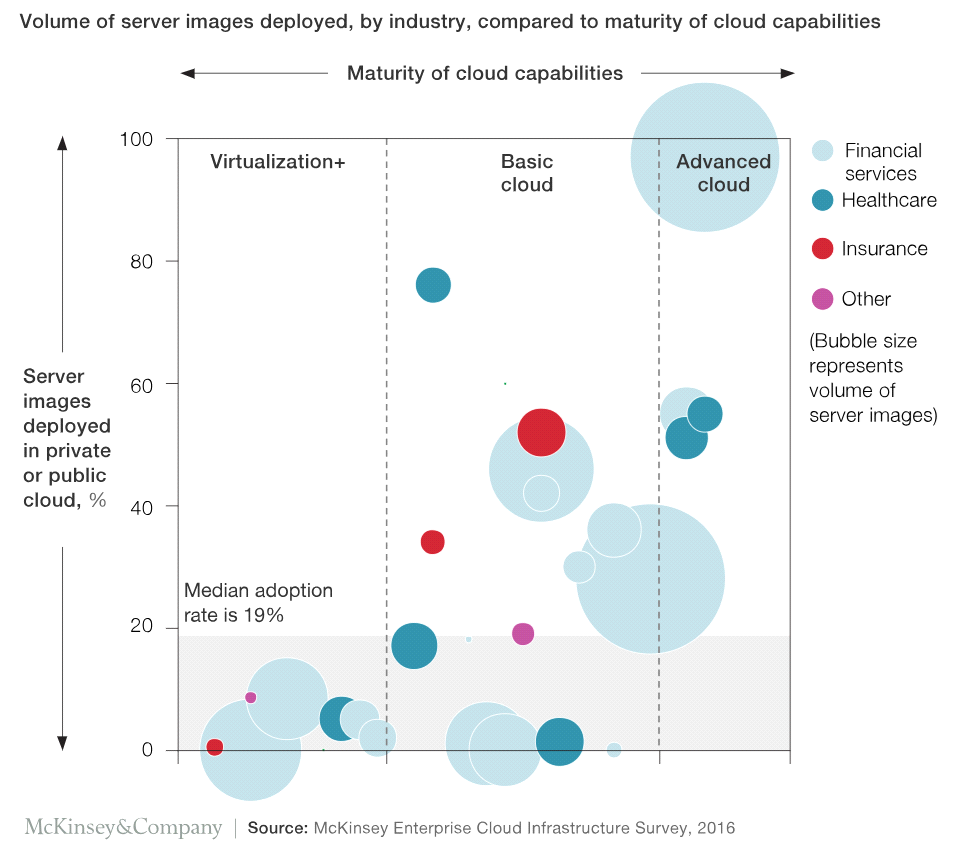
Your supply chain data has information about your suppliers, shipment timings, material needs, and other information critical to efficiently running your operations.
Losing that data due to a cyber attack or a critical error could put your manufacturing operations at risk of delays, escalated costs, and other problems. In fact, data exposure could put your key business secrets in the open or, potentially, jeopardise your relationships with your suppliers.
You can’t take data security lightly.
Below, we’ve outlined 3 ways you can secure your supply chain data from cyber threats and protect yourself from any data disasters.
Restrict Physical & Digital Access to Your Data
Your first step should be to secure who has access to your data.
There are two sides to restricting access: physical and digital.
In the physical space, you must guard access to your data center and servers with keycard, pin, or biometric-locked doors. You must also have a physical security team on-site to react to issues and around-the-clock visual surveillance of your data storage assets.
In digital terms, you must have identity and access management systems to restrict access to your supply chain data to only personnel who need that data for their jobs.
Otherwise, access must not be provided. Likewise, you must also revoke access from former employees as soon as possible.
It’s not easy to revoke and enable access when managing thousands or even tens of thousands of employees. However, with certain tools, such as Active Directory, you can work with immense numbers of user profiles — and applications — with relative ease.
Securely Host Your Data
Besides restricting access to your data, you must also store your data in a secure and reliable environment. Traditionally, large businesses and enterprises had (and continue to) store data within on-premises hosting environments.
However, there is an active shift among enterprise and large businesses to cloud hosting.

With the cloud, you are storing your data in off-site data centers and are accessing your data via the web.
The advantage of any cloud system is that it enables for faster access to your data and a range of new capabilities, such as remote access, online applications, and more.
There are 3 types of cloud: public, private, and hybrid. Each one has its benefits and drawbacks in terms of securing your internal supply chain data.
Public Hosting
The likes of Amazon, Microsoft, and Google each comply with every major regulatory framework concerning security. They absorb the costs involved with maintaining on-site security (with 24/7 surveillance), access controls, and cybersecurity at their data centers.
You benefit by not having to sustain all of those costs, you just pay a flat-rate OPEX fee for the specific cloud resources you need in order to get tier-one data security.
However, you do run the risk of sharing those cloud resources with a dubious entity that might put you at risk of a data breach.
Private Hosting
With a private cloud system, you are building and maintaining your own data centers.
You are in control in terms of determining the required security and compliance levels. You are also isolated from dubious data sources.
However, you will have to sustain all of the costs involved.
Hybrid
A hybrid cloud environment lets you combine public and private cloud.
In terms of data security, you can offload non-critical data to the public cloud while maintaining a small — and more manageable — private cloud environment for your most confidential data.
Disaster Recovery
No matter how secure your data is, there’s always a risk of a breach or critical error that could result in its loss. In this case, you must have a disaster recovery solution in place.
With disaster recovery, you are basically backing-up your data in a secure cloud environment (be it public or private) along with a step-by-step plan of when and how to implement it.
Should a data breach/error occur, you can restore your data by using those backups.
Overall, not only will these steps help you keep your internal supply chain data secure and fully recoverable in case of a breach/error, but your other data as well. This includes email, online or software-as-a-service (SaaS) data, user data, and much more.
Author Bio:
Greg Kellner has spent just about a decade working in the tech industry. Besides learning new things about software and IT, one of his passions is writing & teaching about technology. He is currently working with PCM Canada and helps produce and edit content related to IT. Covering topics such as hardware & software solutions for businesses, cloud technology, digital transformation, and much more.”
